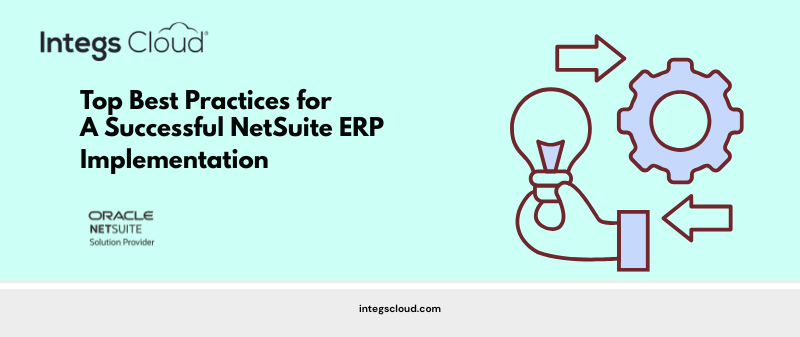When Target launched in Canada in 2013, the expectations were sky-high. The brand was beloved in the U.S., and Canadian shoppers were ready for stylish bargains, smooth shopping, and well-stocked shelves.
But inside those clean, red-and-white stores, customers quickly noticed something strange: empty shelves, missing essentials, and oddly misplaced products. Behind the scenes, a major systems failure was unfolding—one that would ultimately cost Target billions and force them to shut down operations across the country.
The Systems Didn’t Talk to Each Other
One of the biggest culprits behind Target Canada’s downfall was its flawed integration strategy. The company used three separate systems for:
- Stocking
- Inventory management
- Supply chain coordination
But these systems didn’t talk to each other properly. Information entered into one wouldn’t update in another, or worse—would be interpreted incorrectly.
Data Chaos: Dimensions and Misclassifications
According to insiders, product dimensions were frequently wrong. Items were entered in inches instead of centimeters or vice versa. In some cases, dimensions were completely swapped—leading to products not fitting on shelves or being listed with wildly incorrect specifications.
One former employee recalled, “Product dimensions would be in inches, not centimetres or entered in the wrong order… you name it, it was wrong”.
These errors weren’t rare. Entire categories were affected. Shoes were reportedly categorized like TVs—assigned dimensions and prices that made no sense. Pricing systems couldn’t reconcile mismatches, and inventory planners didn’t know what was actually available or where it was.
Inventory Breakdown in Action
Even worse, the flawed systems meant stock levels appeared accurate in one interface while being wrong in reality.
Some stores ran out of basic staples like milk, while warehouses were overflowing with items that weren’t moving, like diapers in low-demand areas.
Store employees were left frustrated, unable to refill shelves because deliveries didn’t match the actual demand.
Managers lost faith in their own data. One described the early months as “data hell,” where teams had to manually clean thousands of SAP entries without knowing if they’d be overwritten again.
The Real Cost: Over CAD 5 Billion
While Target Canada officially reported losses of CAD 2.1 billion, that number doesn’t tell the full story.
The real cost included store closures, layoffs of nearly 18,000 employees, broken lease agreements, wasted marketing efforts, and a reputation hit that echoed across North America. Analysts and business insiders often cite CAD 5 billion as the broader impact of Target’s failed Canadian venture—when you factor in sunk costs, missed opportunities, and long-term market retreat.
What Went Wrong Wasn’t Just Strategy—It Was Execution
Many post-mortems point to issues like rapid expansion, poor pricing strategy, and while many post-mortems highlight strategic missteps like overambitious expansion, poor pricing, and underestimating Canadian competitors, what truly doomed Target Canada was a fundamental failure in execution. The company expanded too quickly without laying the necessary operational groundwork. Products were priced uncompetitively, and the team misread Canadian shopping preferences, expecting U.S. brand loyalty to translate across the border.
But the most critical failure was behind the scenes: core systems—inventory, supply chain, and merchandising—were not properly integrated. These silos led to unreliable data, frequent stockouts, and empty shelves that frustrated customers. Without accurate inventory visibility or coordinated operations, even strong branding and store design couldn’t salvage the experience.
Ultimately, Target Canada didn’t just suffer from a flawed strategy—it lacked the executional muscle to deliver on even the basics of retail.
Final Thought: Integration Isn’t a Line Item—It’s the Lifeline
A properly executed integration might have cost Target an extra $8 to $10 million. In hindsight, it would’ve been the best investment they could’ve made. Instead, cutting corners on technology and data cost them billions.
Whether you’re a retail giant or a scaling startup, let Target Canada serve as your cautionary tale: Integration isn’t optional. It’s the foundation.



